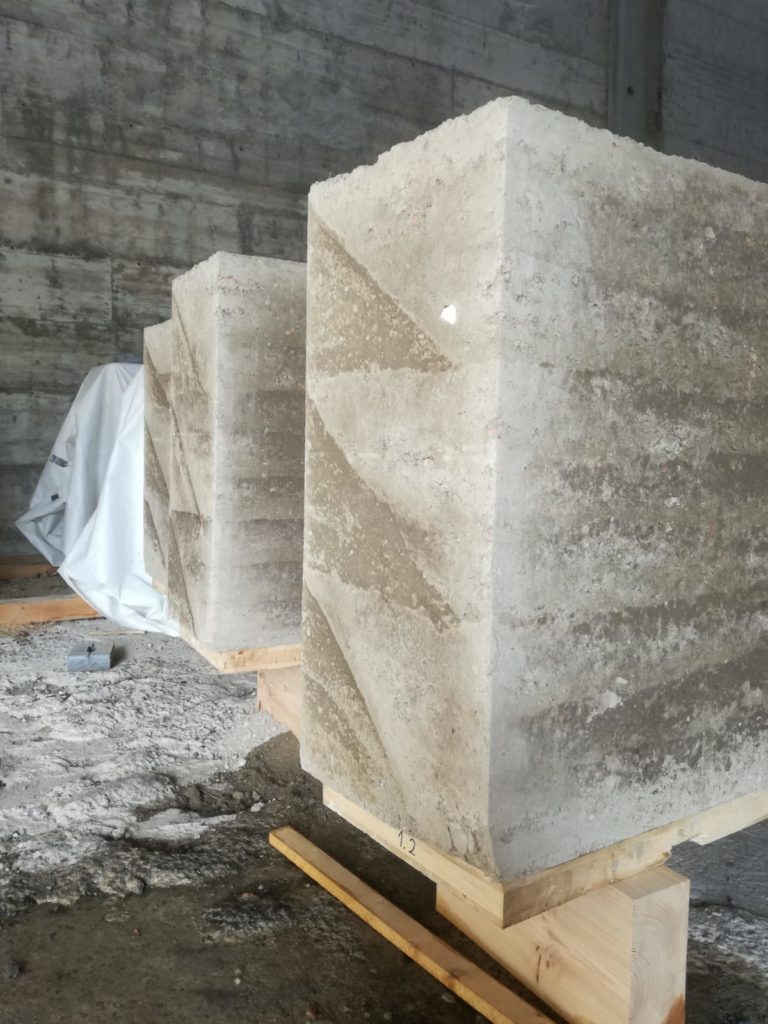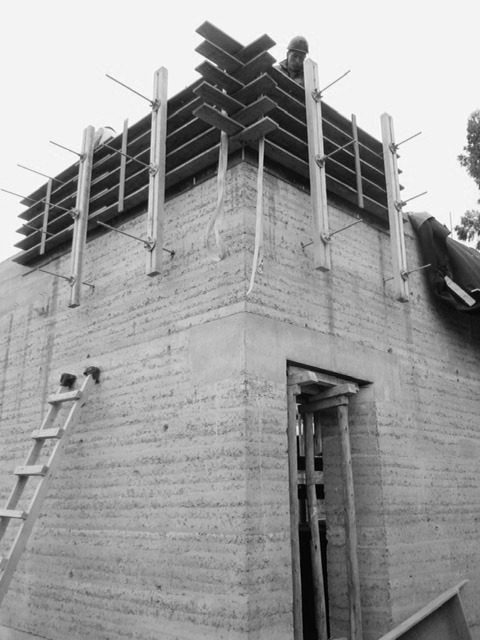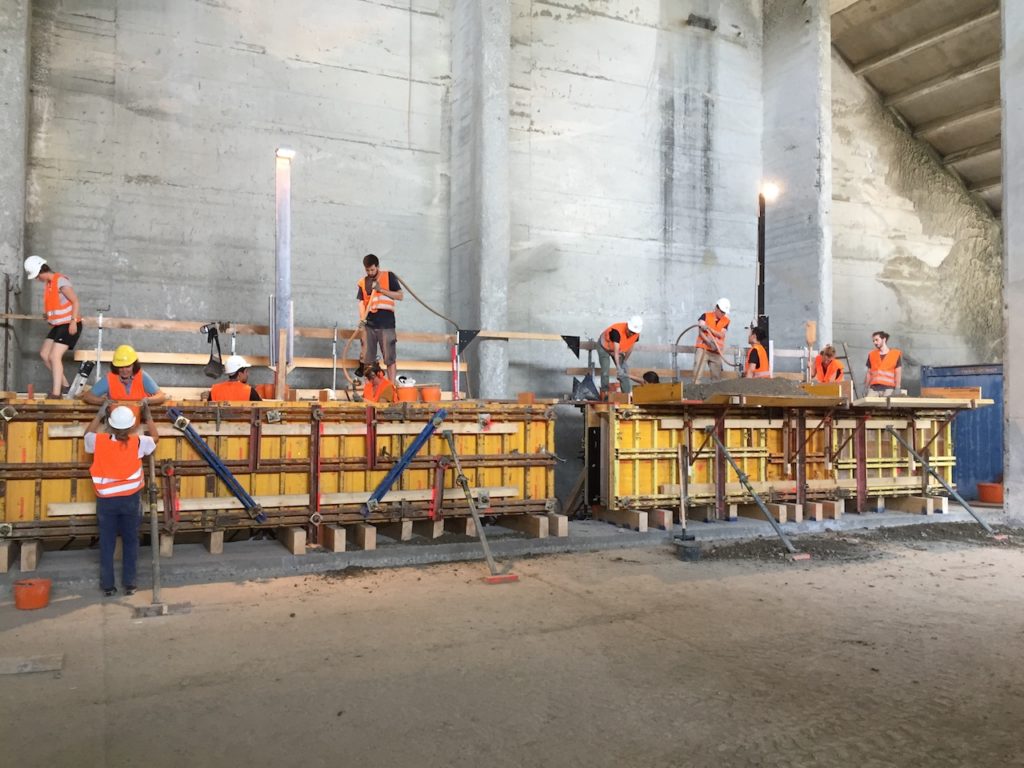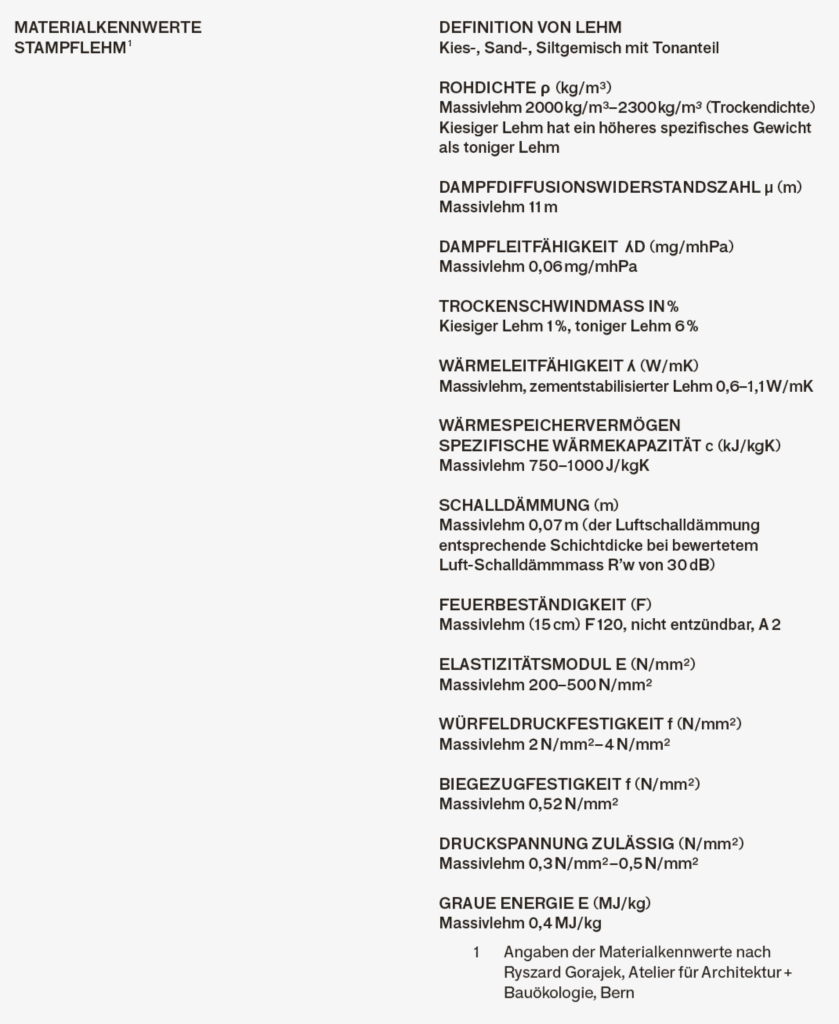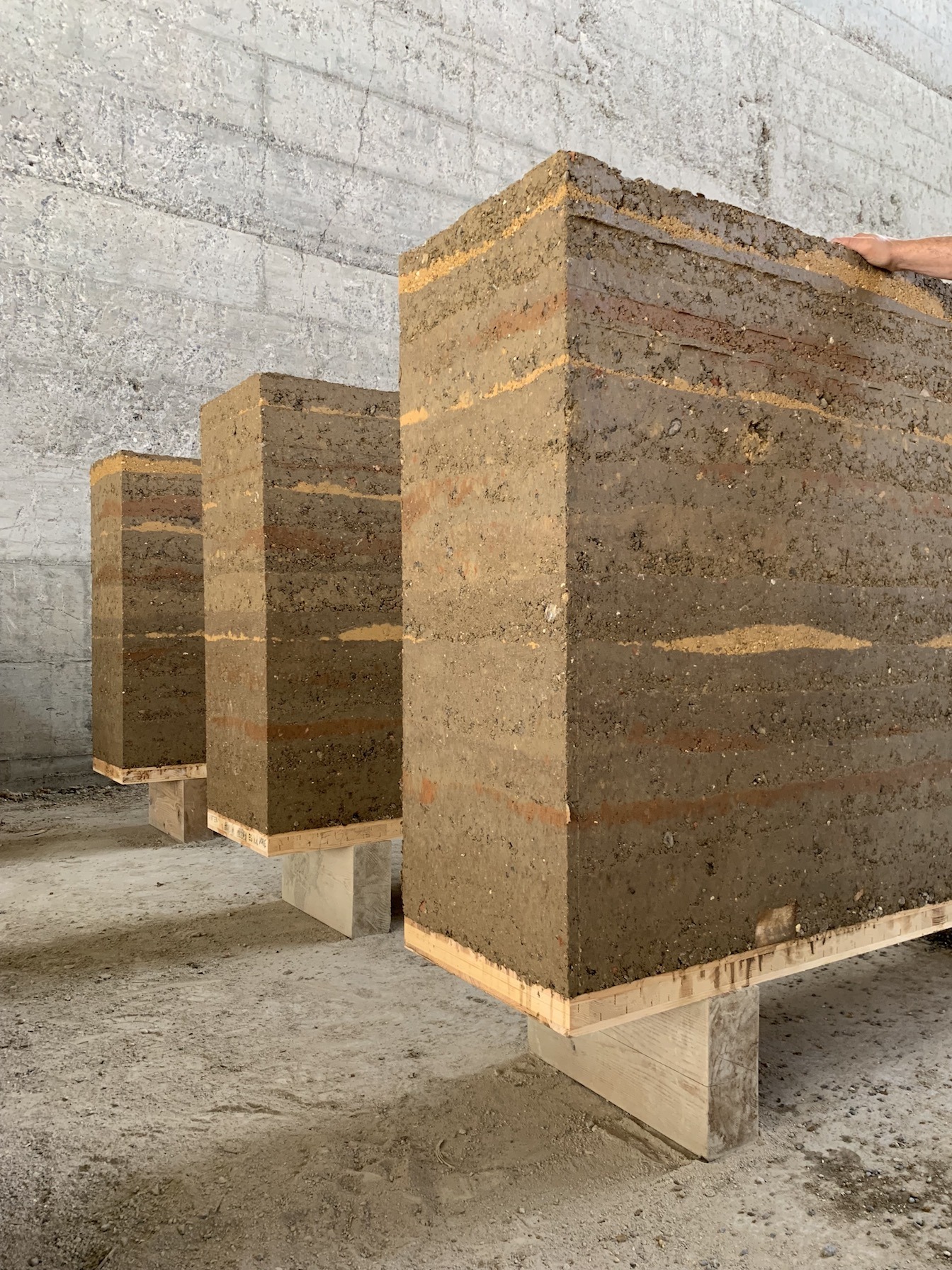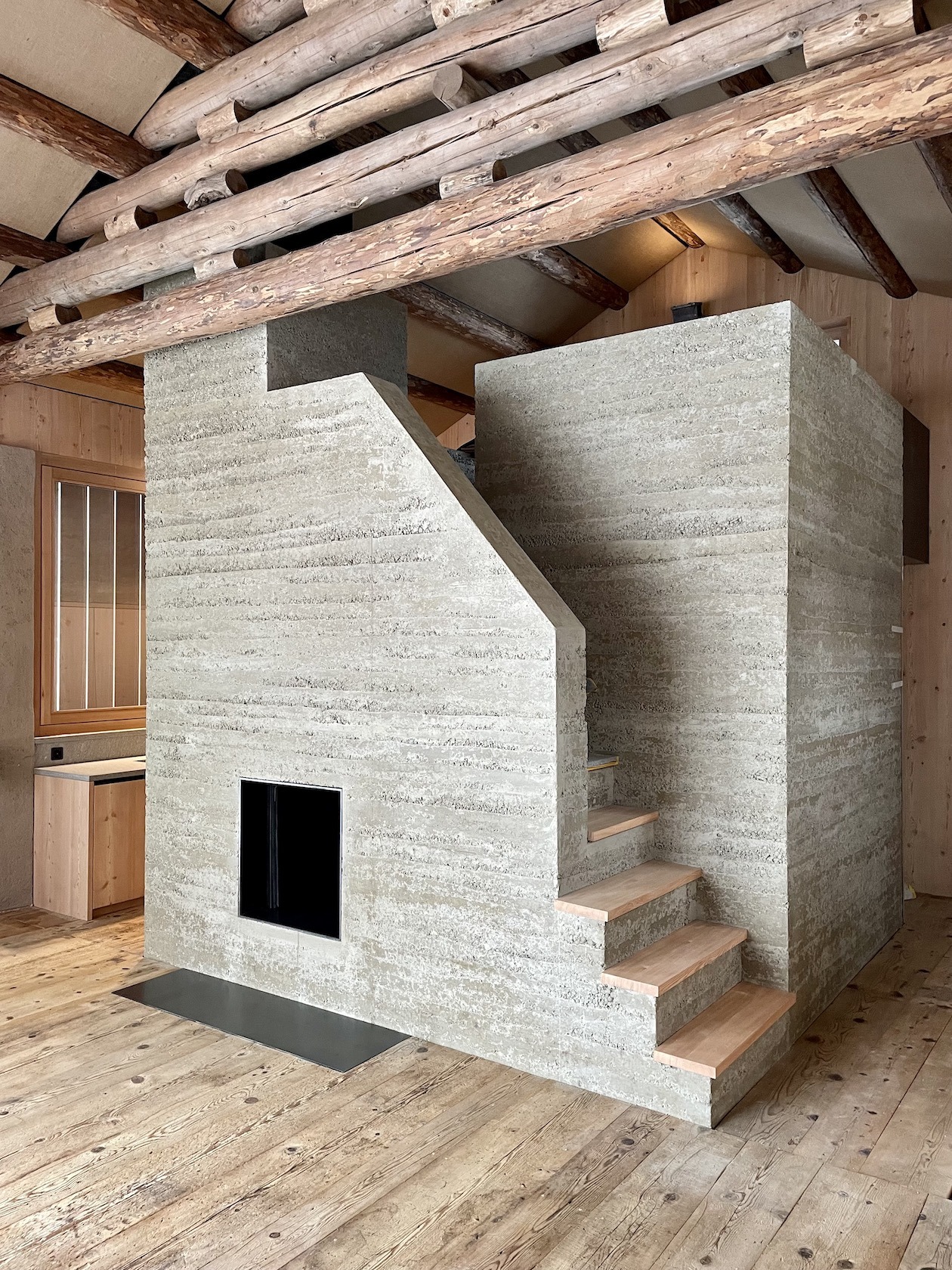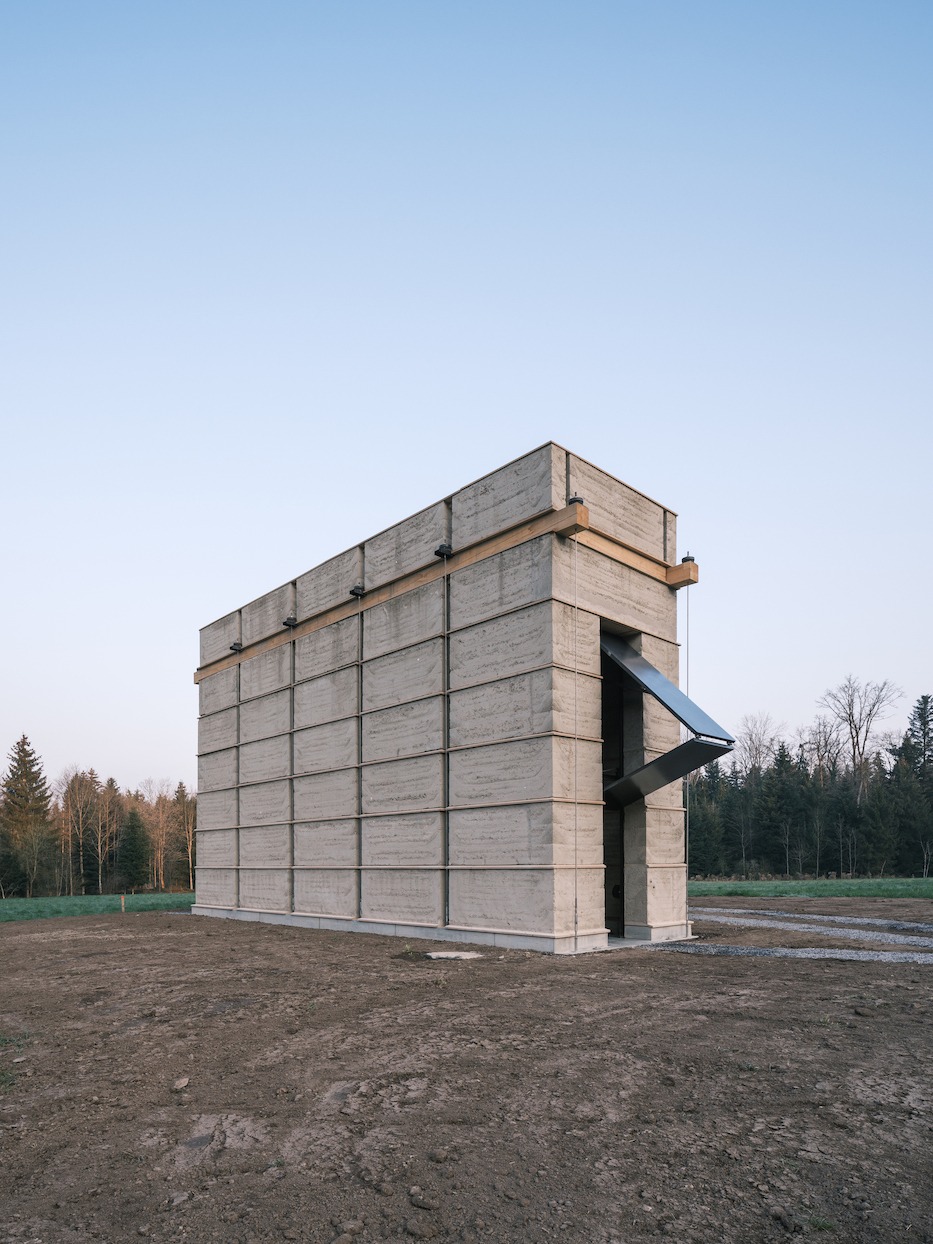Rammed earth is an earth-moist mixture of clay, silt, sand and gravel, which is rammed into a formwork layer by layer and without any further additives and which dries out in the air after direct stripping.
DEVELOPMENT: Loam is a mixture of clay, sand, silt (very fine sand) and, under certain circumstances, stones. It is mainly formed by weathering, erosion and sedimentation of rocks. Clay is therefore available almost everywhere in the world in different colours and compositions.
HISTORY: Along with wood and stones, clay is one of the oldest building materials of mankind. Even today, more than a third of the world's population lives in buildings that were built partly or entirely of clay, using various techniques. Even in Central Europe, centuries-old buildings are still made of clay, although the building material here was mostly used by poorer societies and almost completely displaced by concrete with the advent of cement.
Photos: Philip Heckhausen
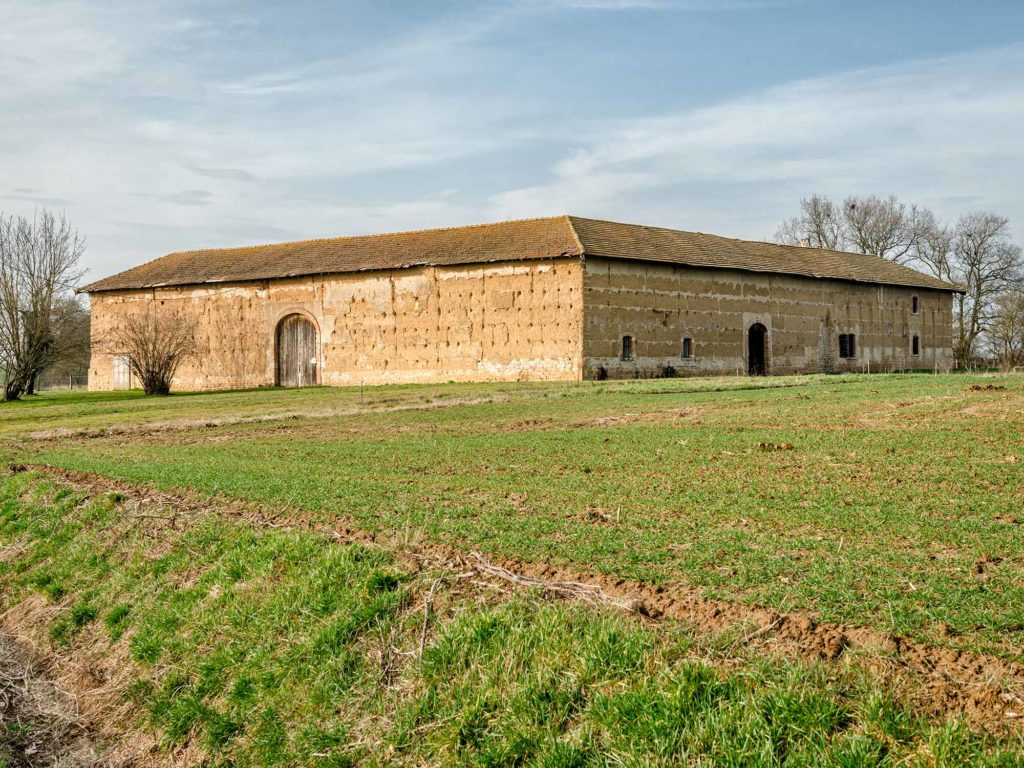
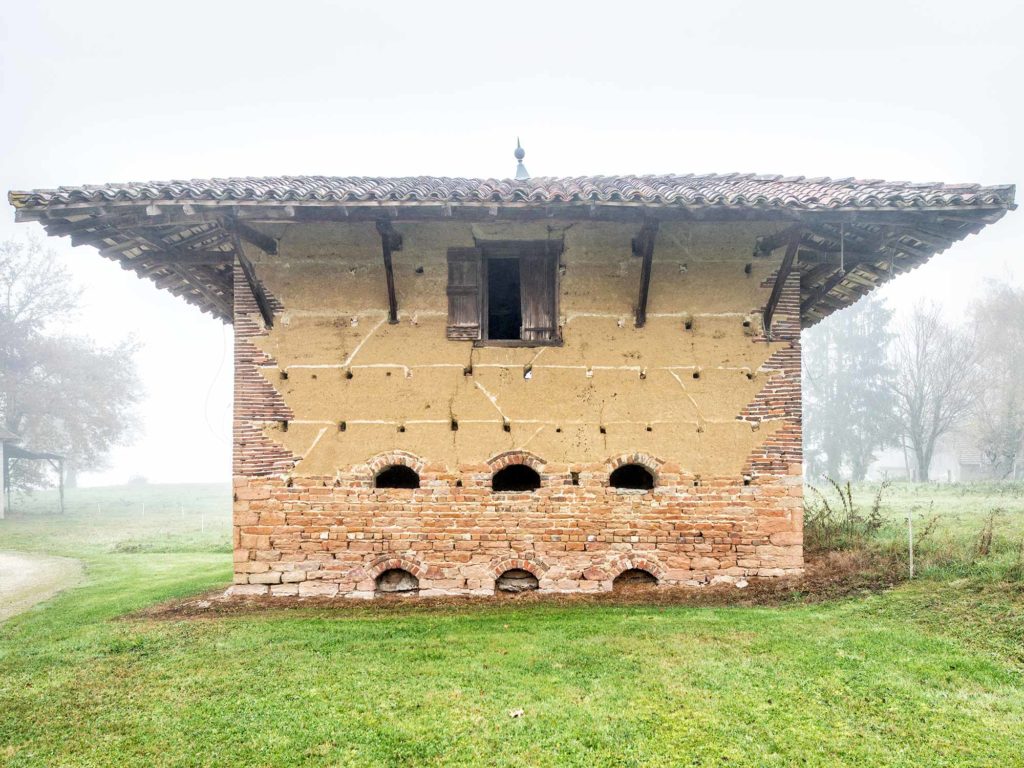
Processing: rammed earth
PRODUCTION: Clay is prepared with gravel and water to form an earth-moist mass. Then, layer by layer, approx. 12-17cm each are poured into a formwork (see concrete formwork) and compacted by hand tampering or by means of pneumatic tampers or vibrating plate. After drying for a maximum of 12-24 hours, the formwork can be removed and the material can dry out completely. Components can be prefabricated or produced on site.
PROPERTY:
- Can be used as interior and/or exterior wall and as floor in interior areas
- Own aesthetics and haptics in different tones
- Natural ecological binder - Low grey energy demand
- Completely recyclable - Directly reusable
- Natural building material - free of chemicals or aggregates
- Absorption and release of moisture - Pleasant indoor climate
- Initial product inexpensive, but still time-consuming processing
- High density and thus mass - Potential storage capacity
PRODUCT:
LEHMAG AG produces individual Swiss rammed earth mixtures, which are based on the requirements (colouring, aggregates used etc.) of the customers. For this purpose, LEHMAG AG analyses the excavated soil itself and offers this service externally, so that customers can find out what possibilities for earthen building arise from their local excavation.
LEHMAG AG mainly uses its own rammed earth mixtures itself. However, there is also the possibility to purchase only the material.
Source material data: Roger Boltshauser, Cyril Veillon, Nadja Maillard (eds.), Pisé. Rammed earth - tradition and potential
